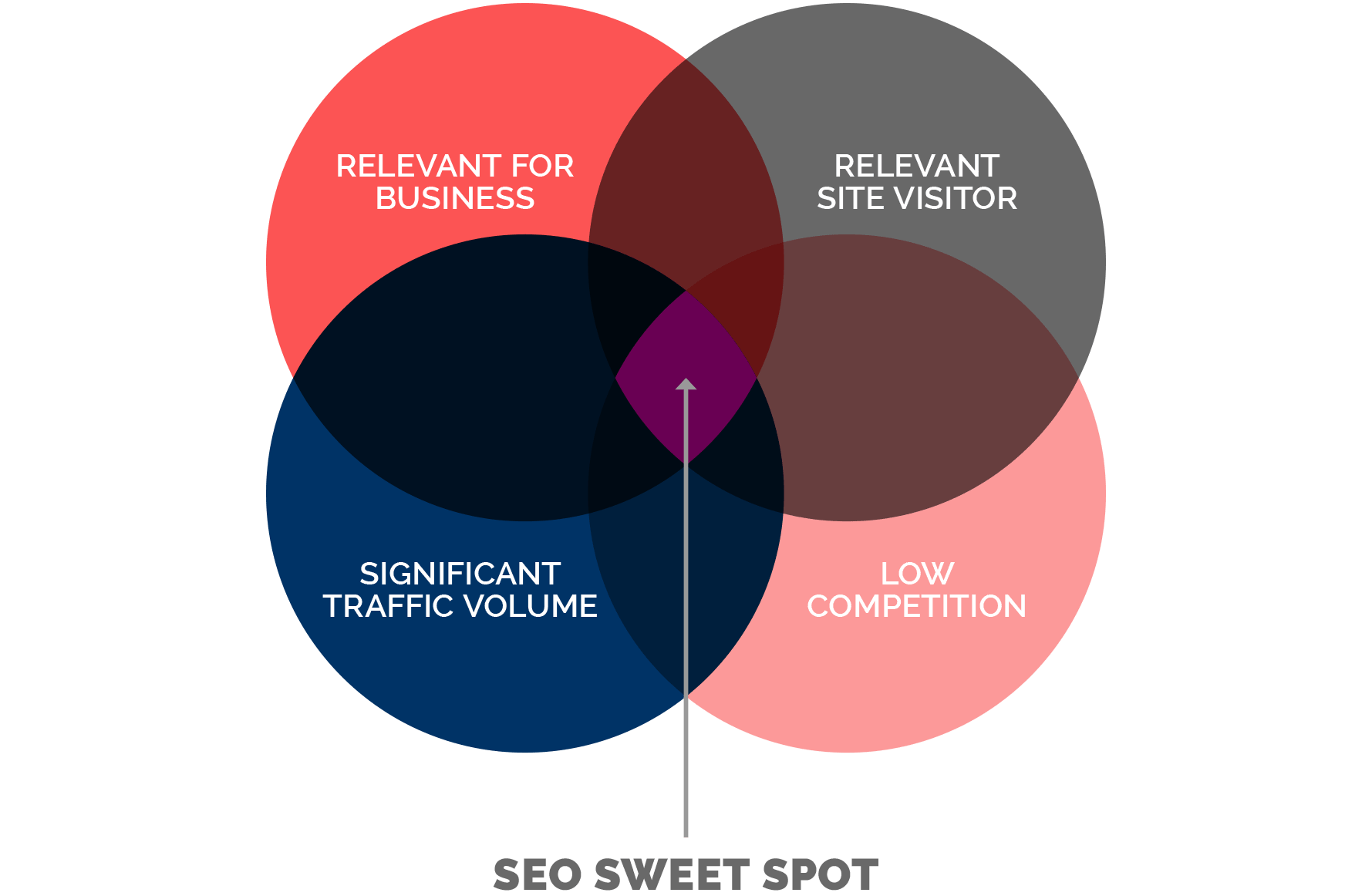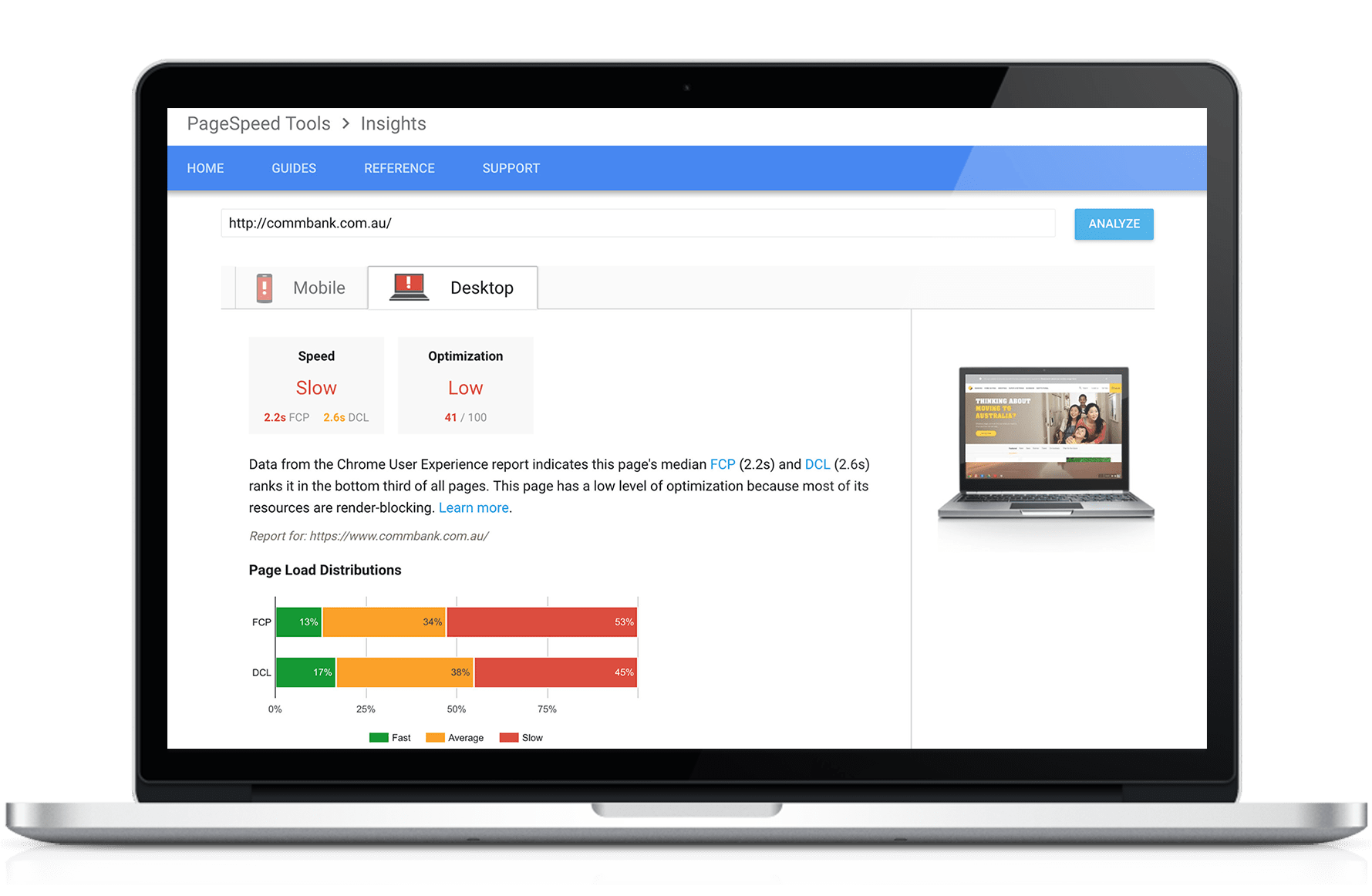Search Engine Optimisation (SEO), is the process of establishing the relevance and authority of your website in the eyes of the search engines. It’s the process of structuring your website to ensure that Google (or other search engines) are more likely to display your content early in a list of search terms. It sounds simple, but with over 200 factors determining how Google assesses your site, it’s a complex process that’s getting more complex every day.
Why is SEO important for financial services sites?
SEO can be an excellent source of organic traffic – i.e. traffic that’s not paid for through campaigns – traffic that could generate more leads and revenue.
The key thing to remember with SEO is that traffic itself is not the aim of the game. Instead, the real objective of SEO should be to deliver targeted users that contribute to the revenue of your organisation.
Traffic is nice. Revenue is better.
The challenge of organic SEO for financial services organisations:
The biggest challenge for financial services firms is that their desired search terms are often extremely competitive. There is only one ‘position one’ in Google and often there are many companies trying to occupy that spot. Achieving a high ranking in a search engine can therefore be difficult and resource intensive.
While the clicks that result from SEO are ‘free’, achieving a Google ranking that will deliver them for competitive terms can require a considerable investment of time and resources.
The flip side of this is that less competitive and easier-to-rank-for search terms generally receive fewer searches and therefore drive little traffic to a website – albeit it can still be targeted traffic if the right terms are used.
The key to success is therefore finding terms that are relevant for your business and have both low competition from other financial services organisations. The last piece of the puzzle is ensuring that the traffic that SEO brings is going to result in revenue for your business.

6 tips to boost SEO for financial services organisations
Google is constantly changing the way it assesses websites to ensure that they deliver the most relevant results and stay ahead of those who try to ‘game’ the system and cheat their way to the top of the results.
But the basics remain constant, and if you get these 6 things right you’ll be on your way to successfully ranking your site for terms that are going to drive traffic and revenue.
1. A useful experience for the user
When it comes to organic results, search engines are on your users’ side. They don’t want to send users to pages that are just promoting a product or service. Instead, they prioritise educational resources, news, or other content that directly answers a searcher’s query.
For example, a search of ‘what is the best term deposit rate in Australia?’ highlights results from comparison websites, which will allow the search to answer their query, rather than term deposit providers.

As a product or service provider, how do you get around this?
The key is to create content that is truly useful for users and the more unique, interesting and relevant it is, the better. A good starting point for this is a blog, which can show off your expertise, keep users informed, and answer your users’ query, rather than pushing product.
2. High quality content.
Content is the cornerstone of SEO, but for it to be effective it needs to be good. To be competitive you to create comprehensive content on topics that users are searching for. Your writers should be industry experts who know how to answer a query and promote your services without being obviously salesy.
A great way to do this is to consider the topics that your ideal users may be searching for, even if they aren’t directly associated with your product or service. For instance, if you were offering a budgeting smartphone app, a selection of your blog topics could be:
- “Best way to save for a car”
- “Speed up HECS repayments”
- “How much to spend on an engagement ring”
By providing useful answers to these questions, you could then demonstrate how your smartphone budgeting app could help them achieve their goals.
3. Make sure your site structure is logical
A big part of successful SEO is ensuring that Google can find the content that you create. Their web crawler bots should be able to find everything on your website quickly and easily, and this indicates to them that users will be able to as well.
A simple site structure might look like this:

Too many navigation options makes it difficult for users, and for Google, to determine where to go to find out what they need.
Redefining your site structure can be a big job. But, if your website is getting a little long in the tooth, it’s likely overdue.
As a starting point, review your current structure for out of date content and check how many clicks it takes to access essential content from your homepage. It may be that content needs to be deleted, created or moved to make it easier for both users and search engines to find what they need.
4. Speed is of the essence
Users demand fast loading times, and as a result so does Google. It doesn’t want to send a user to a page that takes 10 seconds to load because it knows that users will press the ‘back’ button after three.
In fact, Google just announced that mobile loading speed will be a new factor in deciding what order sites are loaded in their search results from July 2018.
Google’s Page Speed Insights tool is a great way to test how quickly your site loads and whether any improvements are required to improve it. It highlights that even some of the largest financial services organisations need to improve their site’s loading speed:

5. Get the technical boxes ticked
Technical SEO is the trickiest and least interesting part of SEO, but it’s also one of the most important. Google expects certain things to be configured in specific ways. If your site doesn’t fall in line then the big G will struggle to understand your site’s content and be less likely to display your site in its results page.
Google publishes guidelines that tell businesses what they need to do, but many financial services websites still miss some of these key configurations.
Amongst other things, your site should have:
- HTTPS used
- Unique title tags
- Sitemaps
- Up-to-date robot.txt
- Image tags
- Correct use of header tags
- No duplicate content
- No canonical issues
- Keyword rich URLs
You don’t need to know what all of these mean, but if no-one has made a concerted effort to ensure that they’re all configured correctly then it’s likely that your site isn’t ranking where it should.
6. Relevant links
A link to your website shows Google that someone else likes and trusts your website as an authority.
In recent years Google has changed the focus on links from rewarding the number of inbound links to a website to rewarding the relevance of links. So, a single link from a high quality and trusted finance site like the AFR will be much more valuable than 10 links from low quality personal blogs.
While some links are earned just by people finding content and linking to it, generating a large number of links requires a conscious effort. There are many ways to do this, including:
- Press releases
- Telling publications about company news or some recent research you have conducted is a great way to build brand awareness and to earn a link.
- Guest blogs
- The blogs you write don’t have to just sit on your website. If you have a great blog topic that would be useful on another website then a ‘guest blog’ can be a great way to earn a link back to your site.
- Link outreach programme
- If you have created a great piece of content, reaching out to other websites with a similar
Do the basics well and the rest will follow
Doing these six things doesn’t guarantee that your website will rank for key terms within your financial services vertical, but it does make it much more likely.
One thing to always keep in mind though is that while traffic is nice, revenue is better. The objective for SEO should always be to generate traffic that is going to move the needle for your business, not just improve your Google Analytics numbers. The days of traffic being a key KPI are long dead!
In the next blog we’ll look at 7 reasons your SEO may not be working and what you can do to improve the situation.











